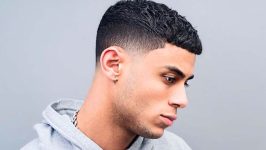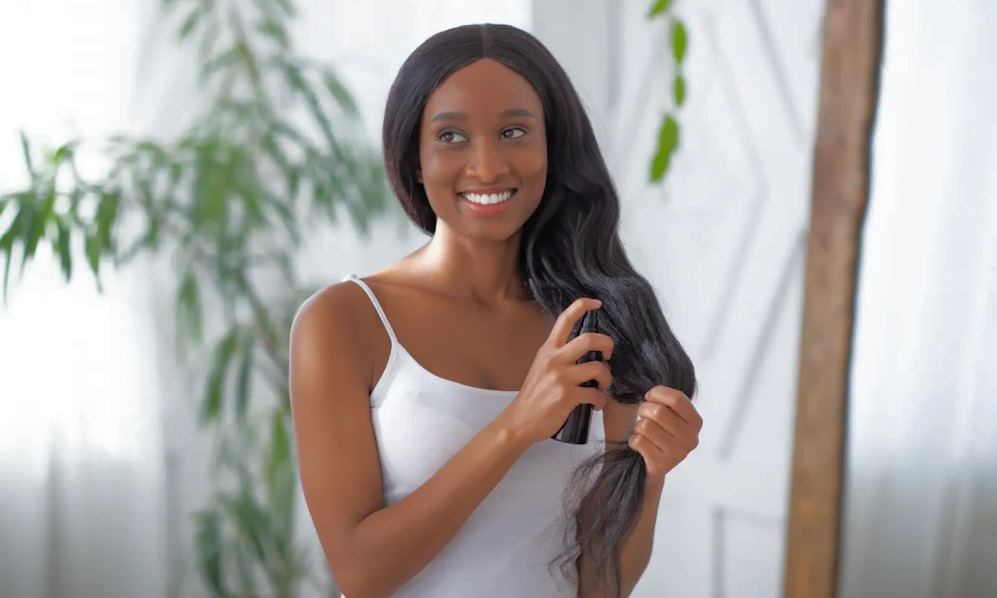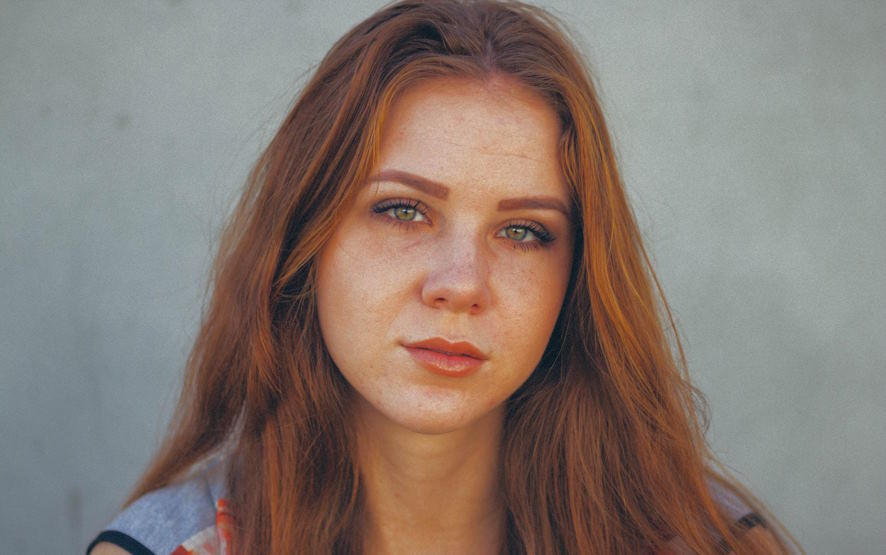Iconic Hairstyles in Pop Culture That Defined an Era
In the kaleidoscope of cultural evolution, few elements have conveyed the spirit of their respective eras as vividly as hairstyles. From the iconic bobs of the Roaring Twenties to the rebellious mohawks of the punk movement, these distinctive hairdos have transcended mere fashion statements, embodying the essence of their times. Each strand, curl, or cut has whispered secrets of societal shifts, cultural revolutions, and personal expressions.
The Swinging Sixties: The Beehive
The Beehive hairstyle, an iconic symbol of the Swinging Sixties, encapsulates the essence of an era characterized by vibrant change and cultural dynamism. This distinctive ‘do is characterized by its towering height and rounded shape, resembling the form of a beehive, from which it draws its whimsical name. It’s a daring fusion of elegance and boldness, demanding attention with its audacious silhouette.
Amidst the tumultuous 1960s, the Beehive emerged as more than just a hairstyle; it was a cultural statement. This was a time of immense societal shifts, marked by civil rights movements, changing gender roles, and a desire to break free from convention. The Beehive, with its towering volume and confident flair, became a visual representation of these transformations. It wasn’t merely about fashion; it was about self-expression and empowerment.
As the wave of female empowerment surged, the Beehive’s popularity soared. Women sought to defy traditional norms and carve their own paths, and this hairstyle served as a bold proclamation of their newfound independence. From everyday women to prominent figures like Audrey Hepburn and Dusty Springfield, the Beehive graced the heads of those who were unafraid to challenge the status quo.
![]()
The Punk Revolution: The Mohawk
The Mohawk hairstyle, a defiant and unmistakable symbol of rebellion, stands as a testament to the radical spirit of the punk movement. This distinctive haircut is characterized by its shaved sides and a central strip of hair that stands tall like a warrior’s crest, boldly defying convention.
Emerging hand-in-hand with the punk movement in the 1970s, the Mohawk became more than just a hairstyle; it was a visual manifesto against societal norms. The punk culture, fueled by dissatisfaction with mainstream ideologies, found a perfect embodiment in the Mohawk. It became a rallying cry for those seeking to break free from the chains of conformity.
The Mohawk’s significance goes beyond its aesthetic allure; it’s a statement of non-conformity and anti-establishment sentiment. By boldly altering one’s appearance to reject conventional beauty norms, wearers declared their refusal to be tamed by societal expectations.
The hairstyle’s influence rippled beyond its punk roots, leaving an indelible mark on both music and fashion. Bands like The Sex Pistols and The Ramones, who were at the forefront of the punk movement, made the Mohawk an emblem of their music’s raw energy and rebellion. It soon permeated the fashion world, becoming an emblem of counterculture coolness.
![]()
The 2000s: “The Rachel” and Emo Hair
The 2000s brought us iconic hairstyles that defined a generation’s aesthetic sensibilities: “The Rachel” haircut and Emo hair. “The Rachel,” popularized by Jennifer Aniston’s character in the TV show “Friends,” was a layered, face-framing cut that swiftly became a cultural phenomenon. On the other hand, Emo hair embodied the emotional intensity of the era, characterized by dark, asymmetrical cuts with vivid streaks.
Television wielded immense influence over hairstyle trends during this time. “Friends” played a pivotal role in catapulting “The Rachel” to the forefront of popular haircuts. Viewers flocked to salons, requesting this chic and approachable style, showcasing the direct impact of TV shows on real-world fashion.
Celebrity culture and teen preferences were equally influential. Young stars like Avril Lavigne and Pete Wentz embraced Emo hair, epitomizing the moody, alternative vibe of the era. These styles resonated with the angst and self-expression of the youth, propelling them into the spotlight as aspirational looks.
Interestingly, these 2000s hairstyles have experienced a nostalgic resurgence in recent years. With fashion cyclical in nature, a new generation has embraced the throwback appeal of these styles. “The Rachel” and Emo hair are finding new life, adapted to suit modern sensibilities while preserving their distinctive essence.




